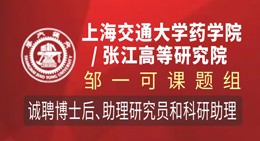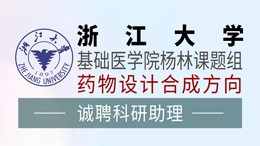Gastric Cancer ( IF 6.0 ) Pub Date : 2022-09-20 , DOI: 10.1007/s10120-022-01342-5
Jee Hyun Kang 1 , Suyoung Park 1 , Jinhyung Rho 1 , Eun-Ju Hong 1 , Young-Eun Cho 2 , Young-Suk Won 3 , Hyo-Jung Kwon 1
|
|
Background
Gastric cancer (GC) is a common malignancy worldwide, with a major attribution to Helicobacter pylori. Interleukin (IL)-17A has been reported to be up-regulated in serum and tumor of GC patients, but the precise mechanisms underlying its involvement in gastric tumorigenesis are yet to be established. Here, we investigated the roles of IL-17A in the pathogenesis of H. pylori-induced GC.
Methods
GC was induced in IL-17A knockout (KO) and wild-type (WT) mice via N-methyl-N-nitrosourea (MNU) treatment and H. pylori infection. At 50 weeks after treatment, gastric tissues were examined by histopathology, immunohistochemistry, and immunoblot analyses. In vitro experiments on the human GC cell lines were additionally performed to elucidate the underlying mechanisms.
Results
Deletion of IL-17A suppressed MNU and H. pylori-induced gastric tumor development accompanied by a decrease in gastric epithelial cell growth, oxidative stress, and expression of gastric epithelial stem cells markers. In AGS cells, recombinant human IL-17A (rhIL-17A) inhibited apoptosis and G1/S phase transition arrest while promoting reactive oxygen species production, sphere formation ability of cancer stem cells (CSC), and expression of stemness-related genes. In addition, rhIL-17A induced expression of IL-17RC, leading to NF-κB activation and increased NADPH oxidase 1 (NOX1) levels. Inhibition of NOX1 with GKT136901 attenuated rhIL-17A-mediated elevation of GC cell growth, ROS generation, and CSC stemness. Clinically, IL-17RC expressions were significantly upregulated in human GC compared with normal gastric tissues.
Conclusion
Our results suggest that IL-17A promotes gastric carcinogenesis, in part, by regulating IL-17RC/NF-κB/NOX1 pathway, supporting its potential as a target in human GC therapy.
中文翻译:

IL-17A 通过与 IL-17RC 相互作用促进幽门螺杆菌诱导的胃癌发生
背景
胃癌(GC)是世界范围内常见的恶性肿瘤,主要归因于幽门螺杆菌。据报道,白细胞介素 (IL)-17A 在胃癌患者的血清和肿瘤中表达上调,但其参与胃肿瘤发生的确切机制尚未确定。在这里,我们研究了 IL-17A 在幽门螺杆菌诱导的 GC 发病机制中的作用。
方法
通过N-甲基-N-亚硝基脲 (MNU) 治疗和幽门螺杆菌感染,在 IL-17A 敲除 (KO) 和野生型 (WT) 小鼠中诱导 GC。治疗后 50 周,通过组织病理学、免疫组织化学和免疫印迹分析检查胃组织。另外还对人 GC 细胞系进行了体外实验,以阐明潜在的机制。
结果
IL-17A的缺失抑制了MNU和幽门螺杆菌诱导的胃肿瘤的发展,并伴随着胃上皮细胞生长、氧化应激和胃上皮干细胞标记物表达的减少。在 AGS 细胞中,重组人 IL-17A (rhIL-17A) 抑制细胞凋亡和 G1/S 相变停滞,同时促进活性氧的产生、癌症干细胞 (CSC) 的球体形成能力以及干性相关基因的表达。此外,rhIL-17A 诱导 IL-17RC 表达,导致 NF-κB 激活并增加 NADPH 氧化酶 1 (NOX1) 水平。用 GKT136901 抑制 NOX1 可减弱 rhIL-17A 介导的 GC 细胞生长、ROS 生成和 CSC 干性的升高。临床上,与正常胃组织相比,人胃癌中IL-17RC的表达显着上调。
结论
我们的结果表明,IL-17A 部分通过调节 IL-17RC/NF-κB/NOX1 通路促进胃癌发生,支持其作为人类胃癌治疗靶点的潜力。



































 京公网安备 11010802027423号
京公网安备 11010802027423号